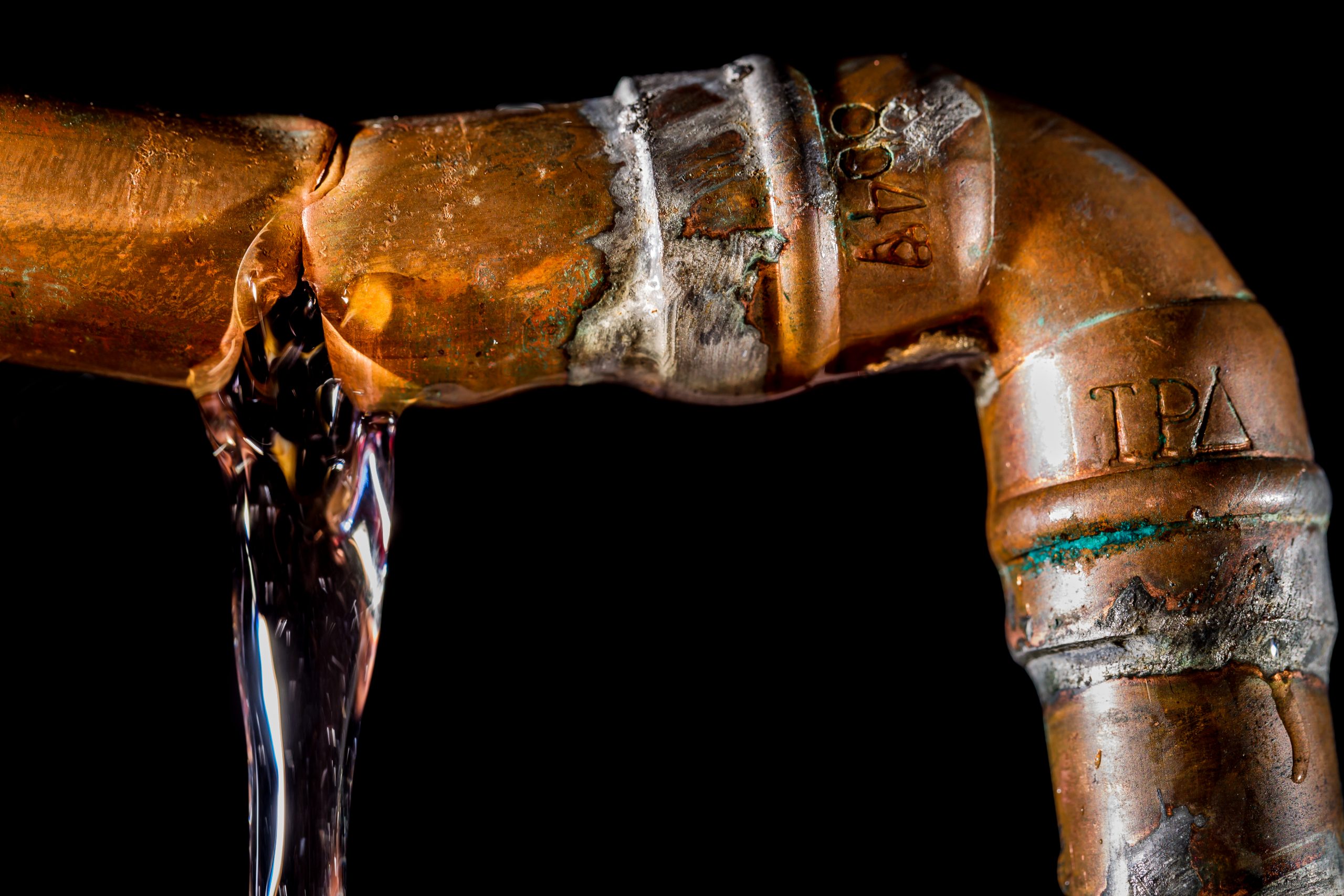Your Leading Winterizing Techniques: Several Ways to Protect Pipe Bursts
Your Leading Winterizing Techniques: Several Ways to Protect Pipe Bursts
Blog Article
Nearly everybody maintains their own individual thoughts with regards to How to Prevent Frozen Pipes.

All homeowners that live in pleasant environments have to do their ideal to winterize their pipelines. Failure to do so can spell catastrophe like icy, broken, or ruptured pipelines.
Attempt a Hair Clothes Dryer or Warm Weapon
When your pipes are virtually freezing, your trusty hair clothes dryer or heat weapon is a blessing. Bowling hot air straight into them may help if the warm towels do not aid displace any kind of settling ice in your pipelines. Nonetheless, do not utilize various other items that generate direct fires like a strike torch. This can lead to a bigger disaster that you can not manage. You might end up harmful your pipelines while trying to thaw the ice. And in the future, you may even end up melting your house. Be cautious!
Open Up Cupboard Doors Hiding Plumbing
When it's cold outside, it would be helpful to open cupboard doors that are masking your pipelines. Doing this small trick can keep your pipes cozy as well as restrict the possibly unsafe end results of freezing temperature levels.
Require Time to Cover Exposed Pipes
One easy and great hack to heat up icy pipelines is to wrap them with warm towels. You can cover them initially with towels. After safeguarding them in position, you can pour boiling water on the towels. Do it gradually to let the towels absorb the fluid. You can additionally utilize pre-soaked towels in hot water, just don't forget to put on protective handwear covers to protect your hands from the heat.
Switch on the Faucets
When the temperature level declines and it seems as if the frigid temperature will last, it will help to activate your water both inside and also outdoors. This will certainly keep the water streaming through your plumbing systems. Additionally, the motion will reduce the cold process. Especially, there's no demand to turn it on full blast. You'll wind up throwing away gallons of water in this manner. Instead, go for regarding 5 decreases per minute.
Shut down Water When Pipes are Frozen
Turn off the primary water shutoff right away if you see that your pipes are totally icy or nearly nearing that phase. You will generally locate this in your cellar or laundry room near the heating system or the front wall surface closest to the street. Transform it off immediately to stop additional damage.
Don't forget to close external water resources, also, such as your connection for the yard home. Doing this will prevent added water from filling out your plumbing system. With even more water, more ice will certainly stack up, which will at some point lead to break pipes. It is best to call an expert plumber for an evaluation if you are not sure about the state of your pipelines this winter months. Taking this positive strategy can conserve you thousands of dollars in repairs.
All homeowners who live in pleasant environments must do their ideal to winterize their pipes. Failing to do so can lead to calamity like icy, split, or burst pipelines. If the warm towels do not help displace any kind of resolving ice in your pipelines, bowling hot air straight into them may help. Transform off the main water shutoff immediately if you see that your pipes are completely icy or practically nearing that stage. With more water, even more ice will load up, which will ultimately lead to break pipes.
PREVENT YOUR PIPES FROM FREEZING THIS WINTER
A Leading Cause of Property Damage
When the weather is taking a deep nose dive into the cold dreary days, the risk of your pipes freezing and potentially bursting skyrockets. Unfortunately, during these cold dreary months, burst pipes are the most common denominator for property damage. The pipes that are most at the risk are those that are in areas where it is most cold in your home. For instance, pipes located in interior places such as basements, attics, and your garage. Unfortunately, that doesn’t mean that the pipes running through your cabinets or exterior walls can’t freeze. Good news, however, is that you can do things to help prevent pipes from freezing.
How to Prevent Pipes From Freezing
Once the temperature starts to drop during the winter, you should be taking the proper measures needed to ensure that your pipes stay warm and that there is circulation of water through them. Some steps that experts may recommend could go against your better judgement when it comes to saving water and heat. However, it would go without saying that when expenses are compared, damaged pipes could put a bigger dent in your wallet than a water bill.
What Can I Do?
Keep your garage door closed. This is very important, especially if you have water supply lines running through your garage. Open your kitchen and bathroom cabinets to allow warm air to circulate through them. Allow air circulation throughout your home. Keeping the interior doors open will once again allow the warm air to circulate inside your home. Ensure your thermostat is running the same temperature throughout the night and day. If you plan to be away from home during the cold months, set your temperature no lower than 55° F. This should provide enough heat to keep the pipes warm and prevent any remaining water inside the pipes from freezing. For more of a long-term solution, add insulation to attics, basement, and other crawl spaces around your home. By allowing your faucet to drip, it will alleviate pressure in the system. This is important because the pressure that is created between the blockage and the faucet can potentially cause the pipes to burst. Allowing the faucet to drip will prevent the pressure from building up, therefore keeping the pipes from bursting. Seal any cracks, openings, and crawl spaces around your home to prevent cold air from coming inside. This keeps your pipes-not to mention your home-warmer and less susceptible to issues caused by freezing temperatures. For the pipes in your home that are easily accessible, applying electrical tape to them might prevent them from freezing over. This is a quick fix, as you can apply the tape directly to the pipe. There are two options for heating tapes. One turns on and off by itself when it senses heat is needed. The other type of heating tape needs to be applied when heat is needed and removed when not necessary. If you have exposed pipes in your home, you can check this website to take a look at a few options that would be available at a shop near you.

We are very involved in How to Prevent Frozen Pipes and I am praying you appreciated our blog entry. Enjoyed reading our content? Please share it. Help another person find it. We love reading our article about Prevent Freezing and Bursting Pipes.
Act fast, call! Report this page